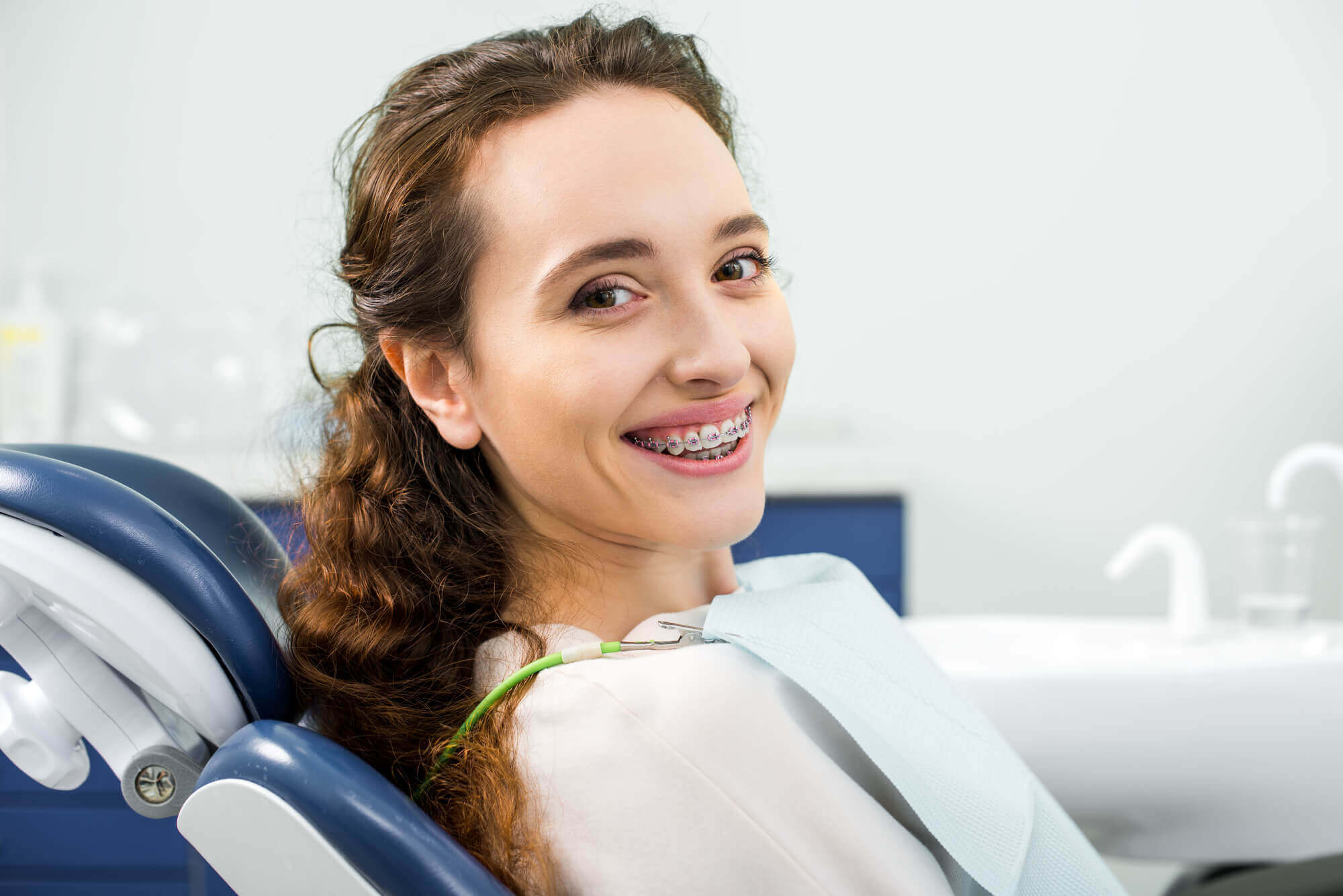Face, Jaw, and Airway Focused Orthodontics
We’re honored you’ve chosen us to help you find lasting relief and a better quality of life.
Find Relief Today
What Is Functional Orthodontics?
Advanced Orthodontic Solutions
Functional orthodontics is a form of dentistry that specializes in the diagnosis, prevention, and treatment of dental and facial irregularities. Technically speaking, these problems are classified as “malocclusion,” or having a bad bite. Dr. Shirazi is a skilled general dentist performing functional orthodontics in the design, application, and control of corrective appliances, such as ALFs, functional appliances, and aligners to bring teeth, lips, and jaws into proper alignment and to achieve facial balance, TMJ stabilization, and an open airway.
Check for Symptoms
Symptoms That Can Signal The Need For Orthodontics
- =An unstable airway, even if only at night, causing snoring or sleep apnea
- =Clenching and grinding of teeth
- =Tongue-tied and/or difficult speech
- =Crowded or crooked teeth
- =Difficulty chewing because of jaw pain or difficulty aligning teeth
- =Limited jaw movement causing facial or jaw pain
- =Permanent teeth developing in an abnormal or blocked position
- =Tongue thrust
If you or your child has any of tHese SIGNS, CONSULT WITH DR. SHIRAZI FOR A COMPREHENSIVE EVALUATION

Don't Wait
Contact Us Today
ADVANCED LIGHT WIRE FUNCTIONALS
What are ALFs?
The purpose of The Advanced Lightwire Functionals (ALFs) is to orthopedically move structures of the oral cavity using minimal force (comparable to that created by the tongue) without occupying a great deal of space in the mouth, and to actually guide the tongue to the “spot” for normal swallowing. In doing so, the ALF can expands the palate to allow for more oral volume from a flatter, wider palate, which can also then increase airflow into the nose by widening the base of the nose. By training the tongue to swallow in a proper manner so that the new development created by orthopedic expansion is maintained after its use is discontinued.

Benefits of ALFs
Space Out Crowded Teeth
We can straighten crowded teeth with or without braces! You can even have it corrected while you sleep, without having to wear anything during the day!
Widen Arch
For children and adults, we can often expand the dental arches, so that even surgery or tooth extraction are not necessary.
Expand Arch
Adults also can benefit from non-extraction expansion for the optimum in facial and dental aesthetics. Over 99% of the patients treated at the TMJ & Sleep Therapy Centre never need to have extractions.
Unexpected Health Benefits
How ALF Appliances Address More Than Just Oral Health
When the brilliant designer of the ALF appliance, Dr. Darick Nordstrom, created the appliance in the early 1980s, he quickly realized that his patients were experiencing relief from other health issues that had initially appeared to be unrelated. These included:
-
PDevelopmental delays in their dentition
Such as childhood learning problems due to decreased blood flow to the brain
- PDigestive problems from improved swallowing
-
PFacial Pain
Blurred vision, strained eyesight
-
PEar Problems
Ringing or humming sounds in the ears, decreased hearing ability
- PClenching and grinding of teeth
-
PHeadaches
Such as childhood learning problems due to decreased blood flow to the brain
-
PTMJ dysfunction
With pain and restrictions of movement
A better way
Orthodontics For Airways
Orthodontic treatment can help increase airway space, making it easier to breathe, especially for those with sleep apnea. By creating more room in the mouth, we allow the tongue to stay forward and prevent airway blockages during sleep. Many patients who previously had difficulty breathing through their nose find significant relief both during and after treatment. We use advanced tools to measure these improvements and ensure effective results.
Definitions of Orthodontic Terms
- Class I Malocclusion – The bite is aligned (your top teeth line up with your bottom teeth) but teeth can be crooked, crowded or turned
- Class II Malocclusion – The upper teeth stick out past the lower teeth (also called an “overbite” or “buck teeth”)
- Class III Malocclusion – The lower teeth stick out past your upper teeth (or “underbite”)
- Occlusion – The alignment and spacing of your upper and lower teeth when you bite down
Frequently Asked Questions About Orthodontic Treatment and TMJ in Los Angeles
How does orthodontic treatment help with TMJ disorders?
What is TMJ orthodontics, and how is it different from traditional braces?
Can airway orthodontics help with sleep or breathing issues?
Is TMJ and orthodontics treatment suitable for adults too?


Don't Wait
Contact Us Today


